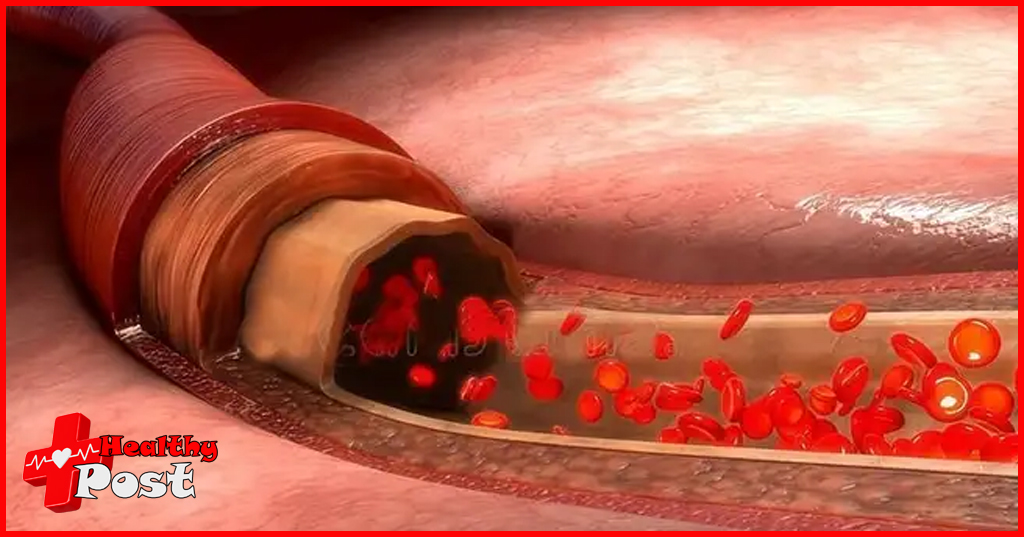
Lifespan of human blood vessels is as long as that of human life.
Recently, a 30-year-old netizen consulted about lung nodules on the platform. In his chest CT report, there was a sentence: aortic calcification. After consulting about the lung nodules, he asked by the way, why did he have aortic calcification at such a young age? Could it be that the report was written wrong? Looking at his electronic images, this young man not only had aortic calcification, but the calcification area was also relatively extensive. In fact, it is not uncommon for young people we encounter clinically to have vascular calcification, and the incidence has been gradually increasing in recent years.
“Aortic calcification” means that there are calcified plaques on the aortic wall. This plaque is relatively hard and dense, like a stone, and appears brighter on chest X-rays and CT scans. Aortic calcification is a manifestation of vascular atherosclerosis in the human body and is one of the signs of human aging. About 20% of people over 60 years old will have varying degrees of aortic calcification. Not only the aorta, but all arteries in the human body may calcify after hardening. For example, the most common coronary artery atherosclerosis, if the coronary artery is narrowed to a certain extent, it will cause insufficient blood supply to the myocardium, resulting in angina pectoris and myocardial infarction.

Blood vessels
Human Blood vessels are an extremely important part of human organs. There are about 250 trillion blood vessels in the human body, including arteries, veins, and capillaries, which form a huge and complex capillary network. The total length is more than 100,000 kilometers. If they are all connected end to end, they can even circle the earth’s equator two and a half times. All tissues and organs in the human body need blood in the blood vessels to supply nutrition. Once the blood vessels are diseased, they may be accompanied by organ damage. The most common are cardiovascular and cerebrovascular diseases, such as hypertension, coronary heart disease, cerebral infarction, cerebral hemorrhage, carotid artery occlusion, pulmonary embolism, heart valve disease, lower limb thrombosis, etc.

It is no exaggeration to say that the lifespan of a person’s blood vessels determines that person’s lifespan. Protecting blood vessels means prolonging lifespan.
How to better protect blood vessels in daily life?
Quit smoking and drinking
The harmful substances in cigarettes will enter the lung circulation with breathing and be transported to all parts of the body with blood. This will cause damage to blood vessels in many parts of the body. These substances damage vascular endothelial cells, increase the adhesion of platelets to the endothelium, cause vascular spasms, and accelerate vascular hardening. The same is true for drinking. The intermediate metabolite of ethanol, acetaldehyde, has a strong lipid peroxidation reaction and toxicity, which can damage the vascular endothelial cell membrane system and promote the occurrence of atherosclerosis. The elasticity of hardened cerebral blood vessels is weakened and the lumen is narrowed. It can be seen that in order to protect blood vessels, we must stay away from tobacco and alcohol, including secondhand smoke.
Exercise
The disadvantages of not exercising are not only obesity, but also more harmful to the body than smoking and drinking. If you do not exercise for a long time, your calorie consumption will naturally be less. The body’s demand for cardiac workload will decrease, blood circulation will slow down. Heart function will decline, and lipids that cannot be metabolized will easily deposit in the arterial wall. It making easy to suffer from arteriosclerosis, and increase the incidence of cardiovascular and cerebrovascular diseases such as hypertension, coronary heart disease, and stroke. Therefore, persistent exercise is a necessary condition for protecting blood vessels. The only way to directly and significantly increase vascular compliance is aerobic exercise.

Healthy eating
Overeating and overeating are extremely harmful to blood vessels. A large amount of fat in food will be deposited in blood vessels and accelerate atherosclerosis. The Mediterranean diet is currently recognize as a healthy diet pattern. That is, a dietary pattern dominated by vegetable fruits, fish, whole grains, beans, olive oil and other plant foods. In short, in daily life, try to eat a light diet. A low-salt and low-fat diet, increase the intake of coarse grains. Increase the intake of dairy products, vegetables and fruits, and reduce the intake of red meat.
Healthy work and rest
A good sleep pattern can make the body’s functions work normally and will not cause metabolic disorder. Regular work and rest and not staying up late are also important factors in protecting blood vessels.


9 thoughts on “Lifespan of human blood vessels is as long as that of human life.”